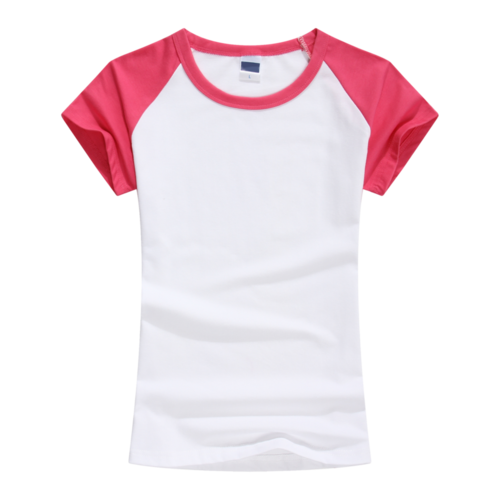Patchwork is a craft that uses various types of fabrics to be spliced and pieced together. When choosing materials, consider the following natural and sustainable options:
1. Cotton: Cotton is a common natural fiber material that has Features such as softness, breathability and hygroscopicity. Cotton is widely used in patchwork work because it is easily dyed and printed and remains durable through laundering. For sustainability, choose organic cotton, which means it is grown on organic farms without the use of chemical pesticides and fertilizers.
2. Linen: Linen is made from fibers extracted from the flax plant. It is an environmentally friendly and sustainable material because flax plants grow quickly and do not require excessive water and pesticides. Linen is strong, breathable and antibacterial, making it ideal for patchwork crafts.
3. Wool: Wool is animal fiber cut from sheep. It is a natural material and renewable. Wool has good warmth retention, elasticity and moisture absorption. Wool can also be dyed and printed, making it suitable for patchwork.
4. Silk: Silk is made from fibers extracted from the cocoons of mulberry silkworms. Mulberry cocoons are a natural material, but the creation of silk may involve some chemical processing. To be more sustainable, choose to use organic silk, which is produced in an environment free of pesticides and chemical treatments.
In addition, there are other sustainable options such as bamboo, hemp and recycled fibers that have a lower environmental impact and are growing in popularity. It can also play a role in cloth crafts. Whatever material you choose, try to choose environmentally friendly materials from sustainable sources to promote sustainability.




